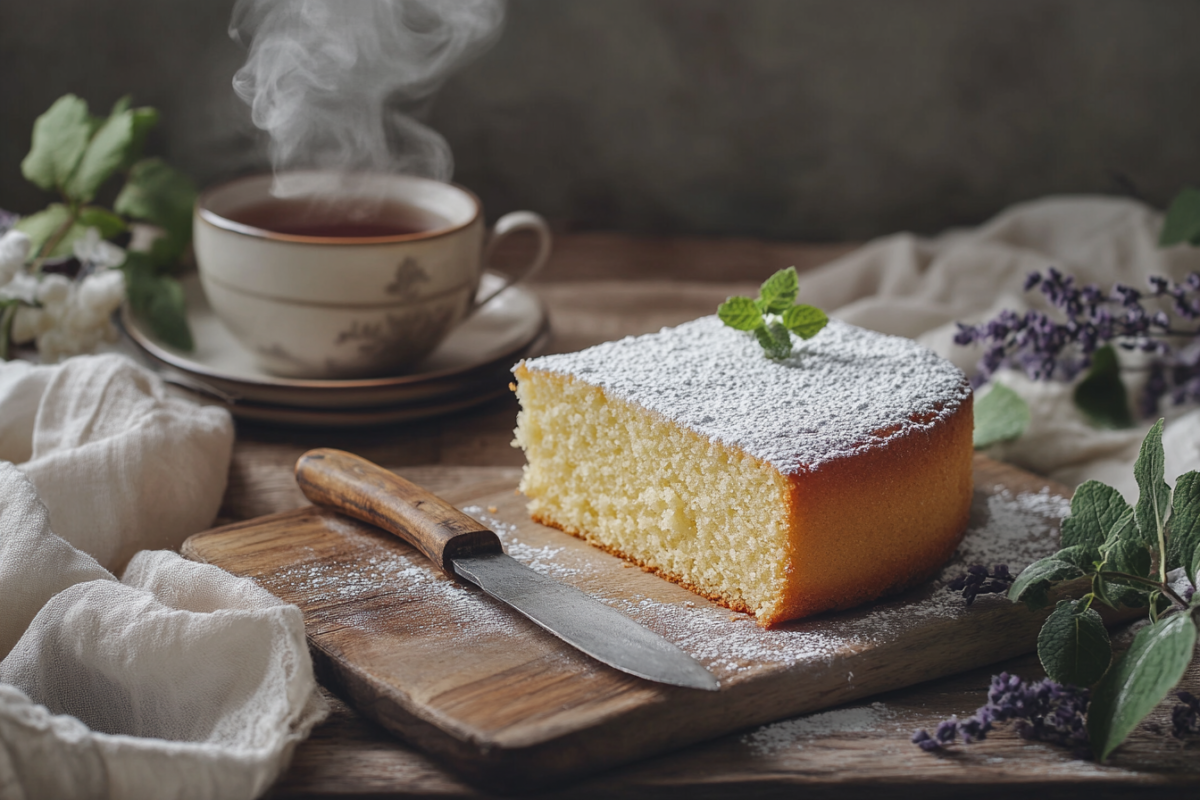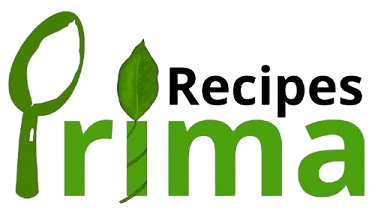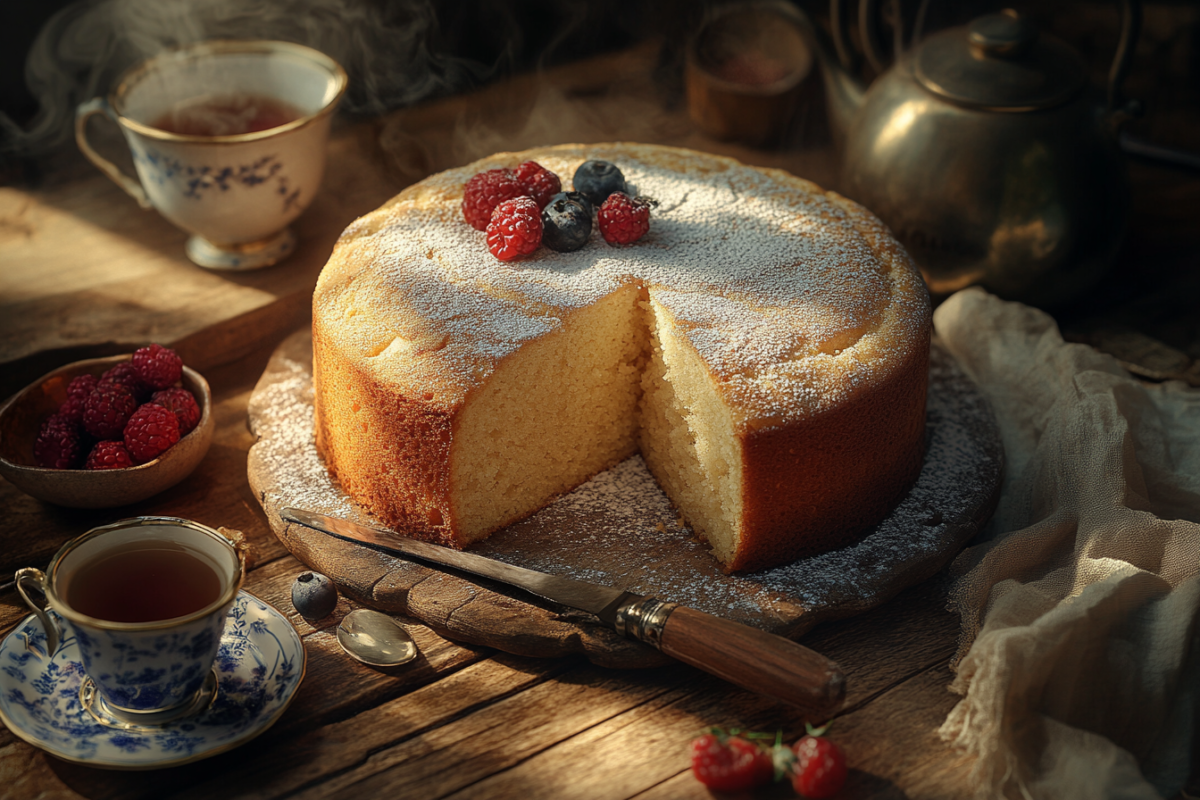Plain cakes are often seen as simple, straightforward treats, but don’t let their simplicity fool you. They are the backbone of countless dessert recipes, known for their light textures, subtle flavors, and versatility. Whether you’re craving a quick snack, a dessert to pair with tea, or a cake for a special occasion, plain cakes fit the bill perfectly.
In this article, we’ll explore everything there is to know about plain cakes—from their origins to the best ways to bake them. You’ll discover the different types of plain cakes, key ingredients, common baking mistakes, and even some fun ways to serve them. So, let’s dive in and get baking!
What Are Plain Cakes?
When people think of a plain cake, they often imagine a simple, unadorned dessert that focuses solely on the cake itself. Unlike fancy layered cakes or cupcakes with extravagant frosting, plain cakes are about the pure joy of cake.
Plain cakes can come in various forms, such as sponge cakes, pound cakes, or even a simple butter cake. What makes them special is how their flavor shines through without the need for excessive decorations or added sweetness. Whether it’s served at a casual afternoon tea or as a snack, a plain cake always feels like home.
Brief History of Plain Cakes
The history of plain cakes dates back to ancient times when cakes were made from basic ingredients. The earliest versions of cakes were more like bread—simple, hearty, and often baked in a clay oven. As baking technology advanced, so did the complexity of cakes, but the concept of the plain cake remained at the core of cake-making.
Historically, plain cakes were often baked as a modest treat, with fewer ingredients than the rich fruit cakes or frosted cakes that became popular in later centuries. In many cultures, cakes were reserved for celebrations, and a plain version was considered a treat that didn’t require any special occasion. Over time, plain cakes have become a timeless favorite, and recipes have evolved with regional variations.
For instance, the British Madeira cake is a perfect example of a traditional plain cake that holds a special place in British culture. While the recipe varies slightly across regions, it has remained a simple, satisfying dessert that has stood the test of time. In the U.S., the pound cake has become a classic, offering a buttery flavor with a dense texture, ideal for both everyday enjoyment and festive moments.
Types of Plain Cakes
When it comes to plain cakes, there’s no shortage of variations to explore. Each type brings something unique to the table, and knowing the differences will help you choose the perfect cake for any occasion. Let’s explore some of the most popular kinds of plain cakes.
1 Classic Sponge Cake
A classic sponge cake is light, airy, and fluffy. The secret to its delicate texture lies in the way it’s made: the batter is often whipped to incorporate air into the eggs. This makes the cake rise beautifully when baked. The ingredients are simple—usually eggs, sugar, flour, and sometimes a dash of vanilla or lemon zest for added flavor.
The texture of a sponge cake is soft and spongy, and its taste is light and mildly sweet. It’s perfect for serving as a standalone dessert or as the base for layered cakes. A classic sponge cake doesn’t have the richness of butter-based cakes, but it’s loved for its soft bite and versatility. It can easily be adapted to various fillings, like whipped cream or fresh fruit.
2 Butter Cake
What sets butter cakes apart from other plain cakes is the generous amount of butter they contain, which gives them a rich, moist, and flavorful texture. The key to a great butter cake is using high-quality butter, which imparts a rich taste that plain cakes made with less fat can’t quite achieve. These cakes are slightly denser than a sponge cake, but still remain tender and buttery.
The richness of the butter makes it a popular choice for pairing with frosting or fruit, but it can also stand on its own. The result is a butter cake with a golden crumb and a melt-in-your-mouth quality, ideal for those who love a decadent yet simple dessert.
3 Pound Cake
Pound cake gets its name from its traditional recipe, which called for a pound each of butter, sugar, eggs, and flour. This simple recipe results in a dense, moist cake with a slightly heavy texture, which is quite different from the airiness of a sponge cake. The rich flavor of a pound cake comes from the equal balance of ingredients and the butter that gives it a soft, velvety crumb.
Pound cakes are great for both casual and formal occasions. They often serve as a base for other desserts, such as trifles, or can be enjoyed with a cup of tea. This type of plain cake tends to be less sweet than some other cakes, making it perfect for those who prefer a less sugary dessert.
4 Angel Food Cake
If you’re looking for something lighter than a sponge cake, then angel food cake might be your perfect match. Known for its ultra-light, airy texture, this cake is made without butter, making it much lower in fat compared to other plain cakes. Instead, angel food cake relies on whipped egg whites to give it its signature fluffiness.
The taste of angel food cake is subtly sweet, and its lightness makes it ideal for pairing with fruit or a dollop of whipped cream. While it may not have the richness of butter-based cakes, its unique texture and flavor make it a standout in the plain cake category.
5 Madeira Cake
Madeira cake is a dense, buttery cake with a subtle almond flavor that’s often served in slices at afternoon tea or as a light dessert. Unlike a pound cake, the Madeira cake tends to be slightly lighter, though still rich enough to be satisfying. This cake is simple, yet luxurious, with a fine crumb and a pleasant, moist texture.
It’s traditionally paired with a cup of tea, but it also works wonderfully as a base for layered cakes or with a fruit compote. Whether you enjoy it plain or with a bit of jam, Madeira cake remains a classic choice for any occasion.
How to Bake Plain Cakes
Now that you’re familiar with the different types of plain cakes, let’s dive into how you can bake one yourself! Whether you’re making a sponge cake, butter cake, or any other variation, the basic principles of baking plain cakes remain the same. With the right ingredients and a bit of practice, you’ll be baking delicious cakes in no time.
1 Key Ingredients
The foundation of any plain cake lies in its ingredients. The most common ones include flour, sugar, butter, eggs, and flavorings like vanilla or citrus zest. These ingredients can be adjusted depending on the type of plain cake you’re making. For example, a sponge cake requires whipped eggs, while a pound cake uses equal parts of butter, sugar, eggs, and flour.
Here’s a quick breakdown of what you’ll need for the most common plain cakes:
- Flour: All-purpose or cake flour depending on the desired texture. Cake flour will result in a lighter, more tender crumb.
- Sugar: Granulated sugar is the most common, but brown sugar can add a bit of molasses flavor.
- Butter: Unsalted butter is best for most cakes. This allows you to control the salt content.
- Eggs: Eggs provide structure and moisture. Be sure to use them at room temperature for the best results.
- Flavorings: Vanilla extract is the go-to for most plain cakes, but you can switch it up with almond extract or citrus zest for a different twist.
2 Step-by-Step Baking Process
Once you have your ingredients ready, the next step is to start the baking process. Here’s a basic guide to baking a plain cake:
- Prepping the Ingredients: Make sure your ingredients are at room temperature—this is especially important for butter and eggs. Preheat your oven to the specified temperature.
- Mixing the Batter: In a bowl, cream the butter and sugar together until light and fluffy.Add the eggs one by one, beating well after each addition. Gradually incorporate the flour and any other dry ingredients.
- Baking: Pour the batter into a greased cake pan, spreading it evenly. Bake at the recommended temperature, typically between 325°F and 350°F, for the required amount of time.
- Cooling and Serving: Once baked, remove the cake from the oven and allow it to cool in the pan for 10 minutes before transferring it to a wire rack. Let it cool completely before serving or frosting.
3 Common Mistakes
Baking plain cakes is a straightforward process, but there are a few common mistakes that even experienced bakers can make. Here’s how to avoid them:
- Over-mixing the Batter: While it’s important to mix the ingredients well, over-mixing can lead to a dense, tough cake. Mix just until the ingredients are combined.
- Wrong Oven Temperature: Ensure that your oven is fully preheated before putting the cake in. If the temperature is too low, the cake might not rise properly. If it’s too high, the cake could burn on the outside while remaining raw inside.
- Under or Over-baking: Keep an eye on the cake as it bakes. A cake is done when a toothpick inserted into the center comes out clean, but it shouldn’t be left in the oven too long, or it could dry out.

Tips for Making Perfect Plain Cakes Every Time
Baking a plain cake might seem like a straightforward task, but a few key tips can elevate your cake-making game and ensure perfect results every time. From choosing the right ingredients to using the proper equipment, small details can make all the difference in the outcome. Here’s how to make your plain cakes consistently delicious.
1 Choosing the Right Flour and Sugar
One of the most important decisions when baking any cake is choosing the right flour. While all-purpose flour works in most cake recipes, cake flour can make a significant difference in the texture. Cake flour is finely milled and has a lower protein content, which results in a lighter, softer cake with a finer crumb. If you’re aiming for a sponge cake or any light-textured plain cake, cake flour is your best bet.
As for sugar, it does more than just sweeten your cake—it also plays a crucial role in the texture. Granulated sugar helps create the delicate crumb in plain cakes, while brown sugar can add extra moisture and a hint of caramel flavor. For butter cakes and pound cakes, the sugar helps retain moisture, contributing to that rich, tender texture. Choose the right sugar for your cake to ensure it turns out just as you envision.
2 Using the Right Equipment
Proper equipment can make a big difference in the outcome of your plain cake. The right cake pan ensures even baking and helps your cake maintain its shape. Use high-quality, non-stick pans for an easy release. If you’re making a sponge cake, a round, shallow pan is ideal, as it allows the batter to rise evenly.
A stand mixer or hand mixer will make mixing easier and more efficient, especially when creaming butter and sugar or whipping egg whites for a sponge cake. However, if you don’t have a mixer, a whisk and some elbow grease can work just as well.
Accurate measuring tools are also essential. Invest in a good kitchen scale to measure your ingredients precisely. Baking is a science, and even small variations in measurements can affect the final result. Be sure to measure your flour by spooning it into the measuring cup and leveling it off, as scooping directly from the bag can lead to inaccurate amounts.
3 Substitutions for Special Diets
Not everyone can enjoy plain cakes made with traditional ingredients, but there are plenty of substitutions to accommodate special diets.
- Gluten-Free Plain Cakes: If you need a gluten-free cake, simply replace the all-purpose flour with a gluten-free flour blend. Make sure to add a binder like xanthan gum to help the cake hold together.
- Vegan Plain Cakes: For a vegan plain cake, swap eggs with flax eggs (ground flaxseed mixed with water) or unsweetened applesauce. With these substitutions, you can enjoy a moist and delicious plain cake that’s perfect for any dietary need.
Flavoring Your Plain Cakes
While plain cakes are delicious on their own, adding a burst of flavor can take your cake to the next level. From natural flavorings to the perfect frosting, there are many ways to elevate your plain cake and customize it to your taste.
1 Adding Natural Flavors
The beauty of plain cakes lies in their simplicity, but that doesn’t mean they have to be bland. You can easily infuse your cake with natural flavors to make it even more delightful.
- Vanilla is the classic go-to flavor for most plain cakes, providing a subtle sweetness that enhances the cake’s richness. Use pure vanilla extract for the best flavor.
- Citrus zest, like lemon, orange, or lime, adds a fresh, zesty note that works beautifully in cakes, especially for lighter options like sponge cakes or angel food cakes.
- Almond extract can add a delicate, nutty flavor that pairs perfectly with butter cakes and pound cakes.
You can also experiment with other natural flavorings to give your plain cakes a unique twist:
- Honey can add a subtle sweetness while keeping the cake moist.
- Spices such as cinnamon, nutmeg, or cardamom can warm up the flavor of a cake, especially in cooler months or for holiday gatherings.
These natural flavorings will not only enhance the taste of your plain cake but will also give it a personalized touch that’s sure to impress.
2 Frosting and Icing Options
Once your plain cake is baked, the next step is deciding whether or not to frost it—and if so, which frosting to choose.
- A simple sugar glaze is a quick and easy way to add a touch of sweetness and shine to your plain cake. It’s perfect for lighter cakes like sponge cakes or angel food cakes.
- For a richer, more indulgent cake, buttercream frosting adds a creamy, sweet finish. This is especially great for butter cakes and pound cakes, where the cake’s richness complements the buttercream’s decadence.
Serving Ideas for Plain Cakes
1 Plain Cakes as a Snack
One of the best things about plain cakes is their versatility. They’re perfect for any time of day, but they really shine when served as a snack. A plain cake is an excellent choice for tea time, offering a comforting and simple treat. Whether you prefer a butter cake or a sponge cake, their mild sweetness makes them ideal for pairing with a hot cup of tea or coffee. You can also enjoy a slice in the afternoon for a quick energy boost or after a meal as a light, satisfying snack.
2 Pairing Plain Cakes with Beverages
The right beverage can elevate your plain cake experience. Here are some drinks that pair wonderfully with different types of plain cakes:
- Tea: Plain cakes like Madeira cake or sponge cakes go beautifully with a cup of tea, whether it’s black, green, or herbal. The lightness of these cakes complements the subtle flavors of the tea.
- Coffee: Richer butter cakes and pound cakes pair well with coffee. The bold flavors of coffee enhance the richness of these cakes, making for a satisfying dessert or snack.
- Milk: If you’re serving a simpler plain cake, a glass of milk is the perfect accompaniment, adding a creamy balance to the sweetness of the cake.
3 Using Plain Cakes in Desserts
Plain cakes can also be the base for some stunning layered desserts. Try transforming your plain cake into a trifle or a layered dessert by cutting it into cubes and layering it with whipped cream, fruit, and perhaps a drizzle of chocolate or caramel sauce. This is a fantastic way to add flair to your dessert while keeping the essence of the plain cake intact.

